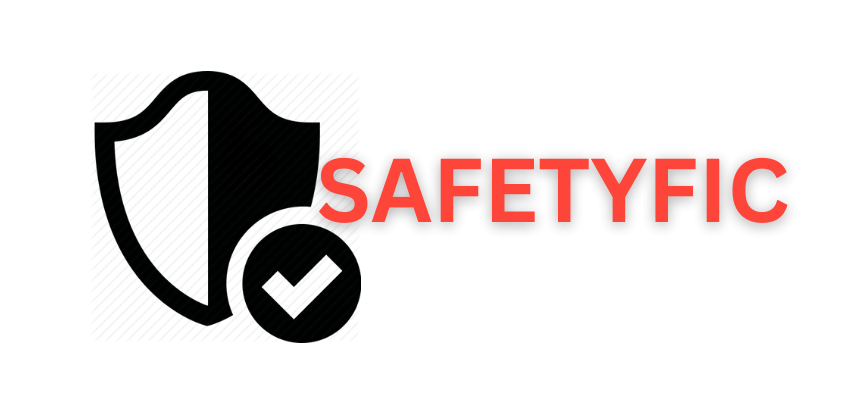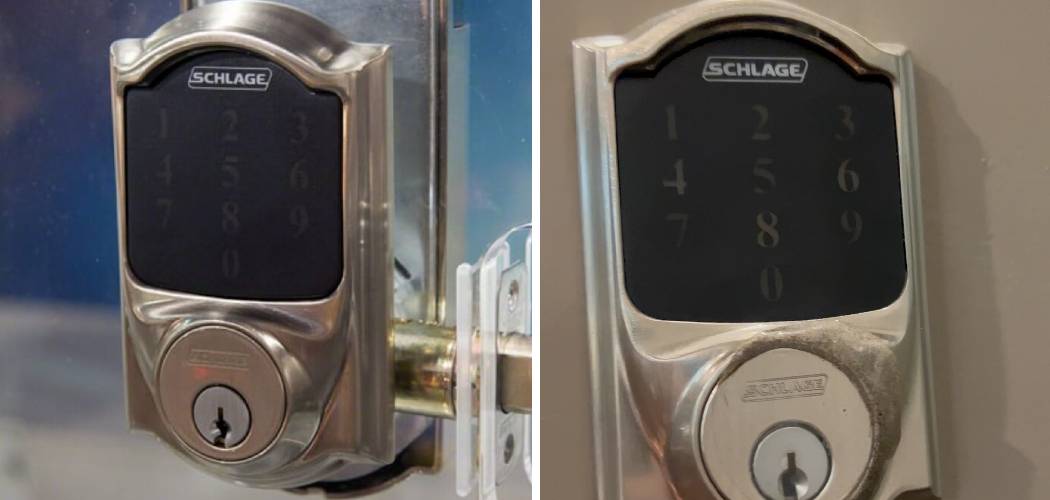Knowing how to change Schlage lock code can ensure the protection of your home and valuables. With the rise of keyless entry systems, keypad locks have become an increasingly popular choice for homeowners seeking convenience and heightened security. Schlage, a trusted name in security, offers a range of electronic locks designed to be both user-friendly and robust.

By regularly updating your lock codes, you reduce the risk of unauthorized entry and adapt to household changes, such as welcoming guests or parting with old tenants. This guide will walk you through the entire process, step by step, so you can change your Schlage lock code with confidence. Whether you’re new to keyless locks or simply want to refresh your knowledge, following these guidelines will help you keep your home safe, convenient, and accessible only to those you trust.
Understanding Schlage Keypad Locks
Schlage keypad locks are known for their advanced security features and ease of use. Before diving into the process of changing your code, it’s essential to understand what makes these locks a standout option for homeowners and renters alike.
Key Features of Schlage Locks
Schlage locks are built with durability and security at their core. The keyless design allows you to unlock your door with a simple numeric code—no need for physical keys that can be lost or duplicated. Many Schlage models come with the ability to store multiple user codes, so family members, trusted friends, or service personnel can each have unique access.
The illuminated keypad ensures visibility at night, while the robust construction resists tampering or forced entry. Additional features often include auto-lock capabilities, one-touch locking, and long battery life, making them practical and reliable for everyday use.
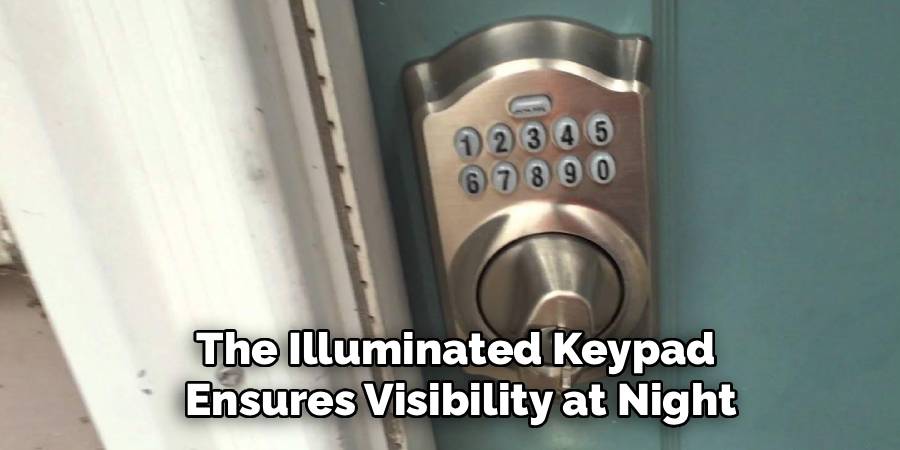
Reasons to Change Your Lock Code
There are several scenarios when changing your Schlage lock code is essential. Moving into a new house is the most obvious—it’s impossible to know who may have been given a code by previous owners. Similarly, if you’ve experienced a security breach or if a code has been shared with too many people, it’s wise to update your settings. Regular code changes are recommended for rental properties, Airbnb hosts, or anyone who provides temporary access to cleaners, contractors, or guests. By keeping access codes current, you take charge of your home’s safety and maintain control over who enters your space.
Preparation Before Changing the Code
Getting ready to change your Schlage lock code doesn’t take much time, but preparing properly can prevent hiccups during the process.
Gather Necessary Information and Tools
Before you start, gather all the resources you’ll need. The most important item is your lock’s current programming code, which is a unique six-digit number provided by Schlage when you purchase the lock. This code is essential for entering programming mode and authorizing changes. You can typically find it on the back of the keypad’s interior cover or in the product manual.
If you can’t locate the code, check any documents that came with your lock or look for a sticker inside the battery compartment. Having a pen and notepad on hand is also helpful so you can jot down new codes or important information as you go. Review the lock’s programming guide before starting—this will help you familiarize yourself with any model-specific instructions.
Prepare the Lock and Yourself
Next, make sure your device is ready. Start by checking the batteries; a low battery can interrupt the programming process or cause the keypad to malfunction. If in doubt, replace the batteries with a fresh set before proceeding. Choose a well-lit location and, if possible, work at a time of day when distractions are minimal. Clear away any obstructions around the lock so you can press the buttons comfortably and see the keypad clearly. Finally, ensure your hands are clean and dry, as dirt or moisture can hinder keypad responsiveness.
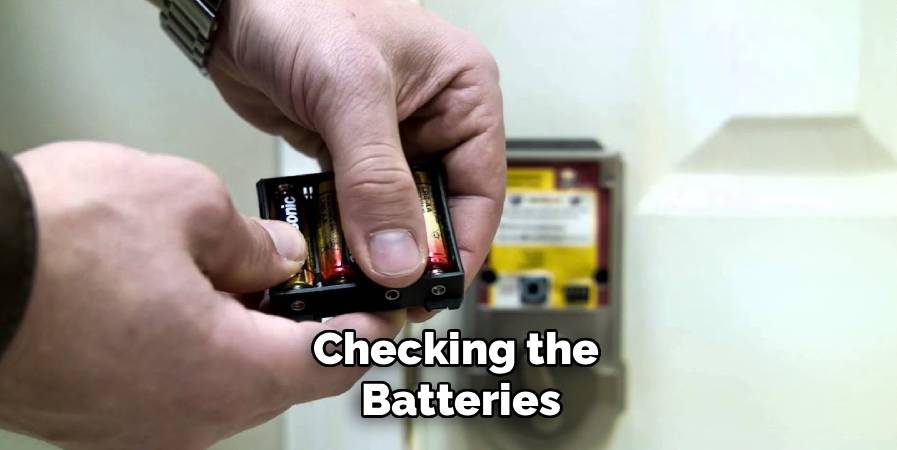
How to Change Schlage Lock Code: Step-by-Step Guide
Now that you’re prepared, it’s time to change your Schlage lock code. Follow these detailed steps to ensure a smooth and successful update.
Accessing Programming Mode
To start, you’ll need to enter the lock’s programming mode—a secure state that allows you to modify user codes and settings. Begin by typing your existing six-digit programming code on the keypad. The Schlage button will flash orange, indicating that the lock is in programming mode and ready to accept new instructions. If you make a mistake, press the Schlage button to cancel and start over.
If your programming code doesn’t seem to work, double-check the number and ensure you’re pressing each button firmly. Remember that you usually have a short window—often about 10 seconds—to complete each step, so avoid delays. If the light indicator turns red, or if the lock emits a series of beeps, it means the entry was unsuccessful. In this case, wait a moment and try again. If the problems persist, check the batteries or consult your manual for troubleshooting steps.
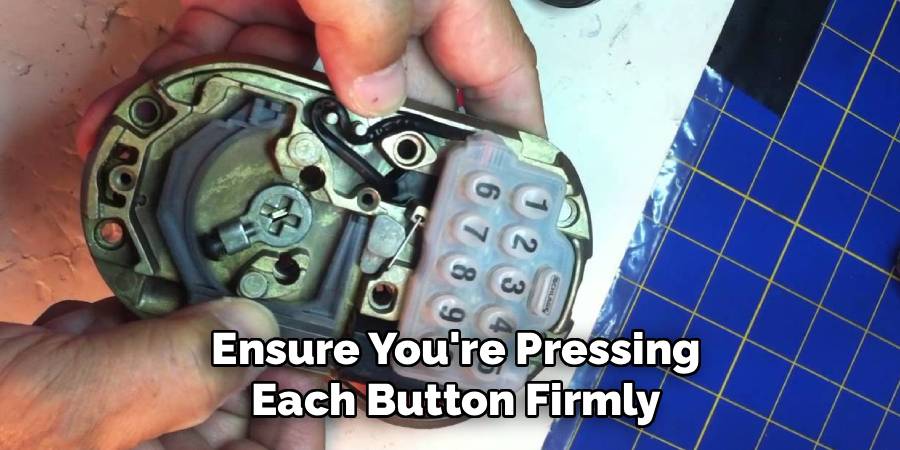
Adding a New User Code
Once in programming mode, you can add a new access code. Press the Schlage button, then press ‘1’ to indicate you want to add a code. Enter the new four-digit user code you plan to assign. The lock will blink green to confirm the addition. Test this new code by locking and unlocking the door several times to ensure it’s recognized and functions as intended.
When choosing a new code, avoid simple or predictable sequences such as “1234” or personal information like birthdays. Instead, opt for a combination that’s easy for you to remember but hard for others to guess. Writing the code down in a secure location is wise in case you forget it. After testing, let household members know about the code update so they can access the property as needed.
Deleting an Old Code
If you no longer want a specific code to grant access, it’s important to delete it for security. To do this, enter your programming mode with the six-digit code. Press the Schlage button, then ‘2’ to start the deletion process. Enter the code you wish to remove; if done correctly, the light will flash green. Always verify that the old code no longer operates the lock by testing it immediately after deletion. Removing outdated codes prevents ex-tenants, former guests, or lost codes from being abused.
Resetting the Lock if Necessary
If you lose your programming or user codes, a factory reset may be your only option. This process erases all stored codes and restores the lock to its default settings. To perform a reset, disconnect the batteries, press and hold the Schlage button while reconnecting the batteries, and then continue holding the button until the indicator light flashes green. The lock will now require the original factory programming code, which you should keep in a safe and accessible place. After resetting, you’ll need to reprogram your user codes from scratch.
Common Issues and Troubleshooting
Even with a straightforward device like a Schlage keypad lock, you may encounter a few challenges. Addressing these promptly keeps your home safe and your lock functioning as intended.

Code Not Accepting or Working Properly
Mistyped codes or an incorrect sequence are among the most common issues. If the lock doesn’t respond, try to enter the programming mode again, ensuring each button press is deliberate and accurate. Sometimes, the lock will time out if you take too long, so work steadily and avoid delays between keypresses. If the battery is low, you may notice the keypad not registering some buttons or the lock acting sluggishly. Replacing batteries regularly is a simple fix that can solve many programming problems.
Keypad Malfunctioning
Occasionally, the keypad itself may become unresponsive. This can happen if dirt or grime accumulates on or around the buttons. To fix this, wipe the keypad gently with a soft, damp cloth, being careful not to let moisture seep into any gaps. Persistent malfunctioning may suggest worn-out batteries or a deeper hardware issue. If cleaning and battery replacement don’t work, consult the product manual or contact Schlage’s support for assistance.
Tips for Maintaining Your Schlage Lock
Maintaining your Schlage lock is relatively straightforward but pays dividends in longevity and reliability. Check the battery life at least every six months—most models provide a low-battery indication, but replacing batteries ahead of time helps avoid disruptions. Clean the keypad regularly using a gentle cleanser that won’t damage the finish. Periodically test the lock by adding and removing codes to ensure it responds correctly. Keep a secure list of all active users and programming codes, but never store this information in plain sight. Regular maintenance and code management keep your lock performing at its best and extend its service life.
Benefits of Frequently Updating Your Lock Code
Enhanced Security
Regularly updating your Schlage lock code is one of the simplest ways to maintain robust security. Each code change minimizes the chances of unauthorized access by rendering old, potentially compromised codes obsolete. For households that frequently have visitors, service personnel, or short-term guests, frequent updates are especially vital.
Improved Control
Changing your access codes periodically gives you refined control over who enters your home and when. Unique codes for different users allow you to track access (if your lock supports audit trails) and remove or update codes as circumstances change. This flexibility is ideal for properties with variable occupancy, giving peace of mind to property owners and tenants alike.
Frequently Asked Questions
What If I Forget My Programming Code?
If you can’t remember your programming code, look for the sticker on the back of your lock’s interior cover or check your original product documents. Without this code, you won’t be able to enter programming mode. As a last resort, you can perform a factory reset, which will return the lock to default settings but wipe all previously stored codes. Always store your programming code in a secure, memorable location.
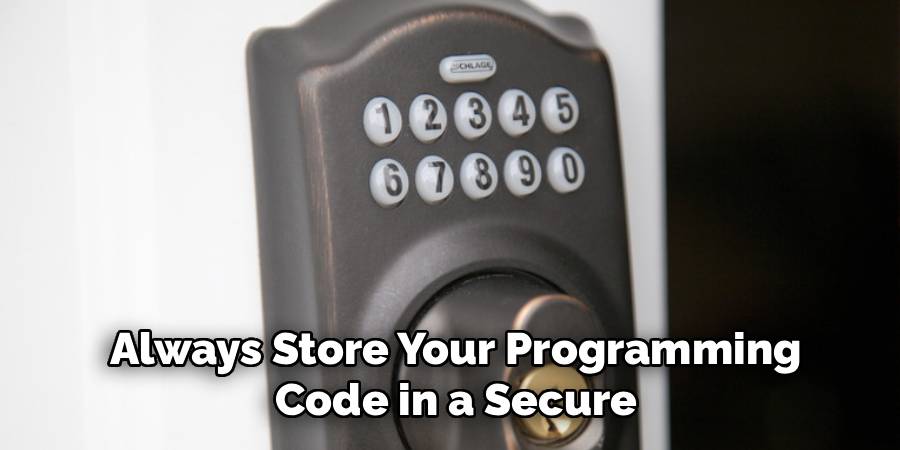
How Many Codes Can a Schlage Keypad Lock Store?
Most Schlage keypad locks can store 19 to 30 user codes, but the exact number depends on the model. Refer to your lock’s user manual or product specifications to determine storage capacity. This feature allows you to accommodate family, guests, or service personnel with ease, updating or removing codes as needed for optimal security.
Conclusion
Changing your Schlage lock code is an easy yet effective way to control access to your home and keep your valuables safe. With clear preparation, step-by-step instructions, and periodic maintenance, managing your lock becomes second nature. By following this guide, you’ll confidently keep your codes up to date and maintain a high level of security and convenience for yourself and those you trust. Remember, knowing how to change Schlage lock code empowers you to take charge of your home’s safety—one code at a time.
